Stuck for ideas where to start your tour of Moldova?
15 Best Trips & Tours in Moldova
Chișinău is the capital of Eastern Europe’s Republic of Moldova. This small landlocked European country is found between Romania to the west and the Ukraine to the east. Up until World War II, it was a part of Romania and if you visit both countries, you’ll see a lot of cultural similarities. Formerly known as Bessarabia, this region was an integral part of the Romanian principality of Moldavia until 1812, when it was ceded to Russia by its suzerain, the sultan of the Ottoman Empire. Bessarabia remained a province of the Russian Empire until after World War I, when it became a part of Greater Romania, and it reverted to Russian control in 1940–41 and again after World War II, when it was joined to a strip of formerly Ukrainian territory, the Moldavian Autonomous Soviet Socialist Republic, on the left bank of the Dniester River (Moldovan: Nistru) to form the Moldavian Soviet Socialist Republic. . But Moldova has a lot to offer in its own right. First, it’s remote and rarely visited – making it perfect for adventurers who want to blaze a trail. Second, it has a growing wine-tourism industry and those who know wines know that some of the best in Europe come from Moldova. You’ll find traditions are still alive and hospitality in the villages is genuine. Consider these top attractions while you’re planning your trip.
1. Chisinau day Tours & Activities

The capital and largest city is Chișinău. Most of Moldovan territory was a part of the Principality of Moldavia from the 14th century until 1812, when it was ceded to the Russian Empire by the Ottoman Empire (to which Moldavia was a vassal state) and became known as Bessarabia. Chisinau is Moldova’s biggest city and serves as its capital. Chisinau has loads of green space, parks, and historical buildings. It feels like a city with lots of green space. There’s also no shortage of restaurants, art galleries, nightclubs, spas, and casinos! You’ll want to visit Pushkin Park and the orange pyramid at the World War II memorial. You’ll find marvellous frescoes in the Nativity Cathedral, and if that’s not for you, check out the stalls of the local modern artists in the art market. Many of the locals speak some English so you should not have too many problems with the language barrier. Accommodation and eating out is very inexpensive making Chisinau a great city to visit if you are on a budget. There are many day tours in Moldova that are inexpensive and will give you good insight into life in Moldova.
2. Orheiul Vechi day tour in Moldova

Old Orhei is a Moldovan historical and archaeological complex located in Trebujeni, which is approximately 60 kilometres north-east of Chişinău on the Răut River in the Republic of Moldova. It’s also a place of stunning natural beauty. Overlooking the Raut River, this open-air complex features fortifications, baths, caves, ruins, and monasteries – all which date back as late as the Dacian tribes of 2000 years ago. The complex is in the village of Butuceni, where a small bridge over the Răut takes you to the trailhead for a 15-minute hike up to the Cave Monastery. The ancient monuments date from various periods including the Tatar and Mongol invasions, the 10th century BC, and more recently the occupation of the Golden Horde in the 14th century. Because of the unusualness of the area, a museum has been built that offer exhibits and provide information and context for such a unique place. All exploration is done on foot and it takes about half a day to see everything. Dress appropriately: long skirts or pants for women, long shorts or trousers for men. A visit here is a highly recommended tour in Moldova.

Click To See All Our Tours In Moldova
3. Cricova Winery. Moldovan wine tours
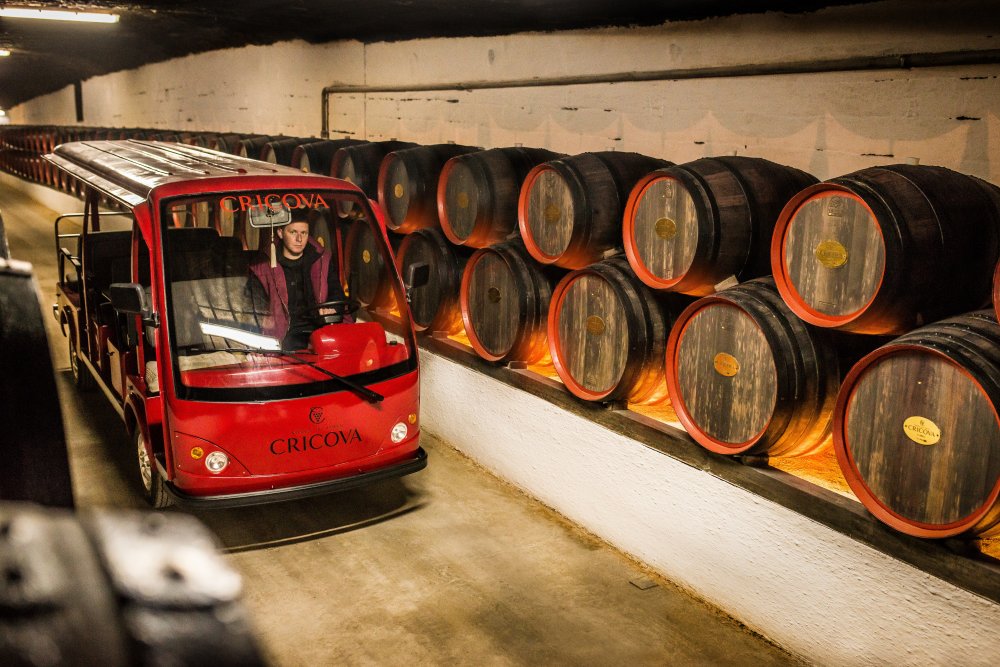
CRICOVA winery is the biggest and one of the most impressive wine cellar from Europe and is just a 30 minute ride from the capital Chisinau. Cricova cellars are truly unequalable in the world. The second largest underground winery in the world; it is definitely something to experience. You’ll find 120 kilometres of complex roadways above ground and an elaborate tunnel system underground which has been in place since the 15th century when the limestone was dug out to build Chisinau. This wonderful “wine city” includes warehouses, underground tasting rooms, and guided tours. You’ll travel 100 metres below ground and have a look at what 1.25 million bottles of wine looks like. A must see for every tourist who visits Chisinau and Moldova. The wine industry is growing in Moldova, which means that it’s worth bringing a bottle or two home and definitely Moldovan wine tours are something you should not miss out on a trip to Moldova. Cricova should definitely be on your list of tours in Moldova.
4. Tipova Monastery day Tour in Moldova
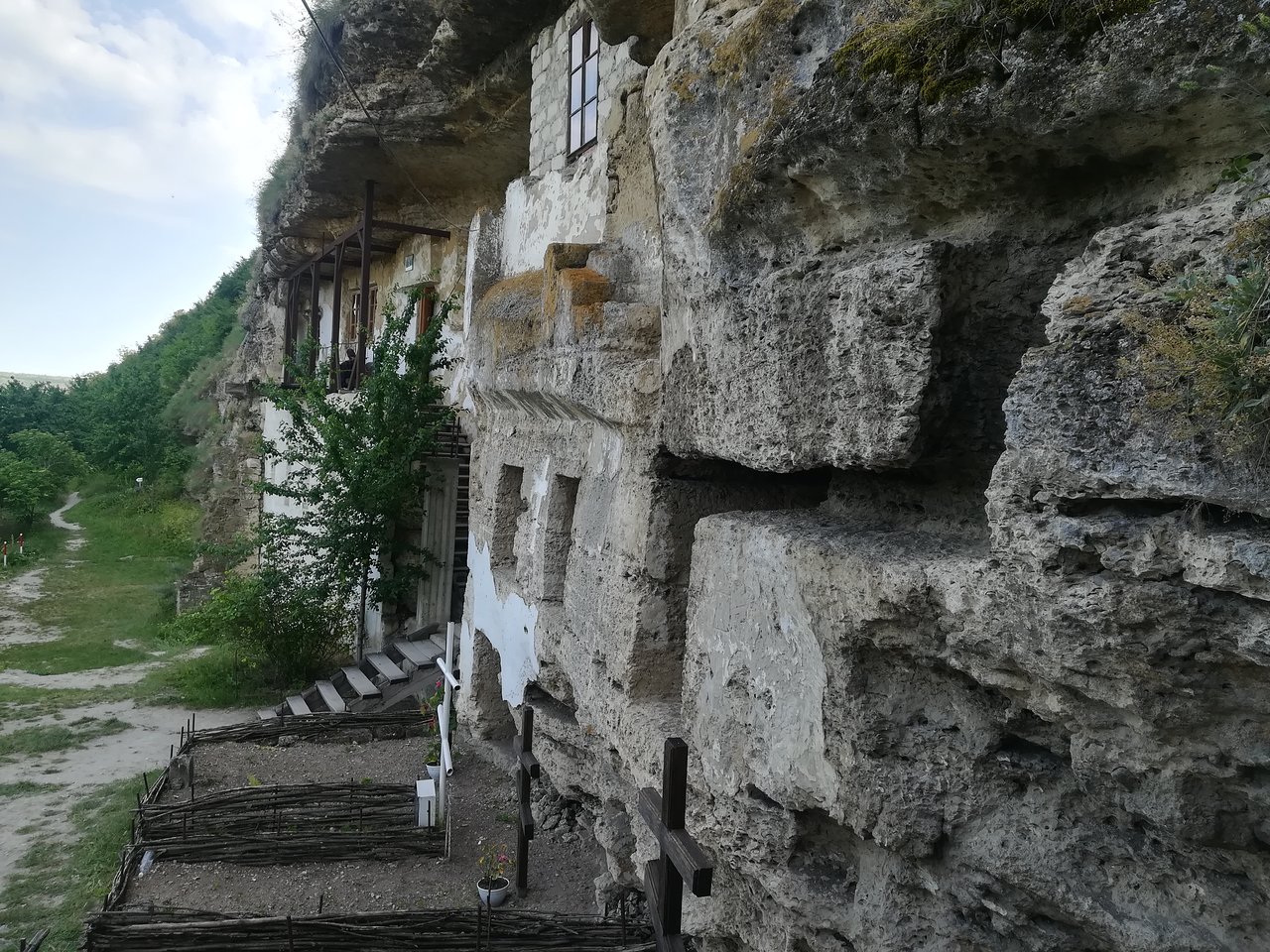
Tipova Monastery is located in a remote but beautiful part of Moldova, it is a Medieval monastery with ornate chapels built into the side of a cliff overlooking the Dnister River. The oldest complex is the Church of the Feast of the Holy Cross (11th century). The remaining two are the Church of St Nicholas (14th century) and Horodiste (16th century). If you follow the path past the caves you’ll enjoy a nice nature hike that ends in a lovely waterfall. Within each cave are monk’s cells, enough for up to 700, though there are less than 20 monks living there now. It is said that the wedding of our Moldova’s greatest ruler Stefan cel Mare and his wife Maria Voichita was held in this monastery. Tourists can visit the splendid path though the “Tipova” nature reserve.
5. Day tour to Manastirea Curchi
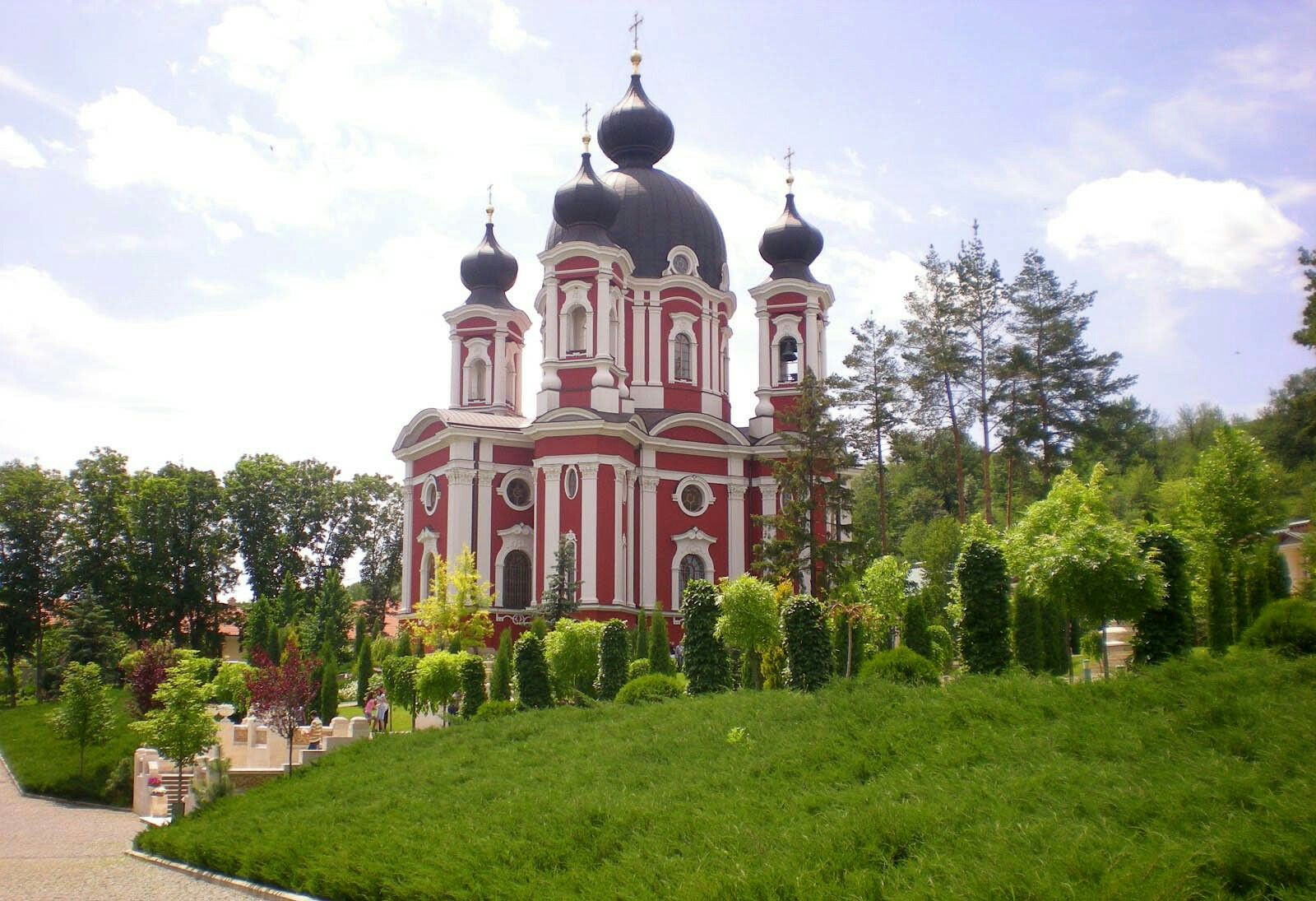
Sprawling monastery, allegedly founded in the 18th century, with 2 churches & landscaped grounds. This monastery wins the award for the most beautiful in all of Moldova. The complex is made up of five churches, a refectory, several abbeys, and monk cells. Its beauty comes from the Bessarabia architectural style. The centrepiece for the complex is the Mother of God Church, built at the end of the 19th century. After you’ve explored the grounds and learnt about the unique history of the monastery enjoy a nice stroll through the orchards. The monastery has an active community of monks.

Click To See All Our Tours In Moldova
6. Saharna
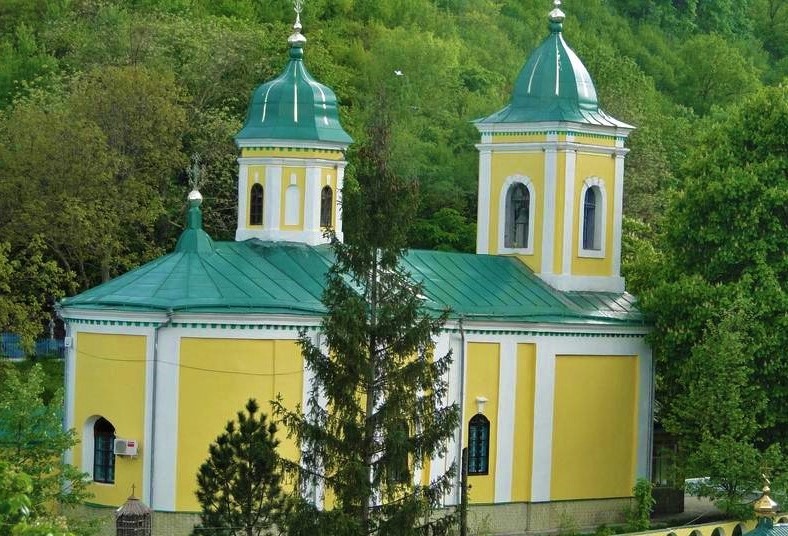
This small village is the one that visitors most often say they’d love to return to. The Holy Trinity Monastery is there, but it’s also a place of breathtaking natural beauty. There is a silence and calmness that permeates the place – and you, after just a short time. Saharna Nouă is a commune in Rezina District, Moldova. It is composed of three villages: Buciușca, Saharna and Saharna Nouă. Saharna is a pilgrimage place for many Moldavians because of a footprint on a rock which is believed to be the Virgin Mary’s. Nature lovers will for sure love Saharna. The River Saharna has 22 waterfalls – the most famous being “Gipsy Hole” (as it’s known by the locals). Enjoy hiking that offers incredible views of the surrounding area and the monastery below.
7. Take a day tour to Transdniestr
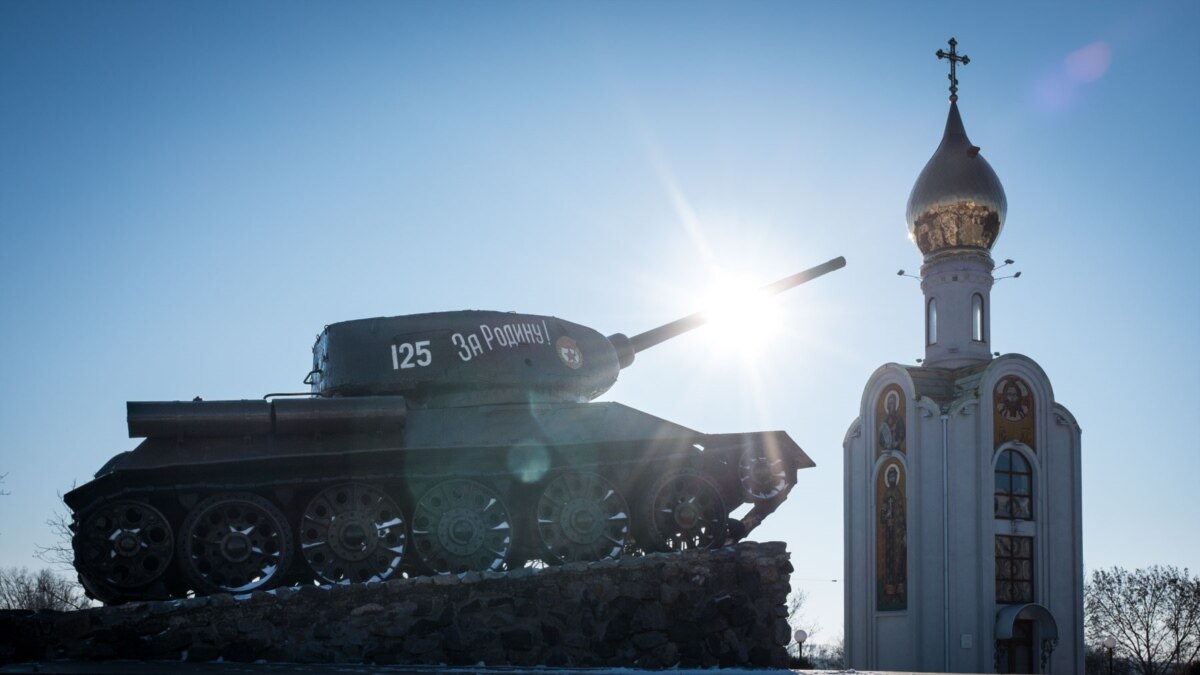
Transnistria, officially the Pridnestrovian Moldavian Republic, is a breakaway state in the narrow strip of land between the river Dniester and the Ukrainian border that is internationally recognized as part of Moldova. The international community does not recognise its self-declared statehood, and the de-facto government, which remains in a tense stand-off with Moldova, is economically, politically and militarily supported by Russia. You’ll see plenty of Lenin busts as you’re exploring. The unofficial capital city is Tiraspol The city is located on the eastern bank of the Dniester River. Tiraspol is a regional hub of light industry, such as furniture and electrical goods production. Take a day our to Tiraspol in Transnistria.
8. Bendery city tour in Moldova
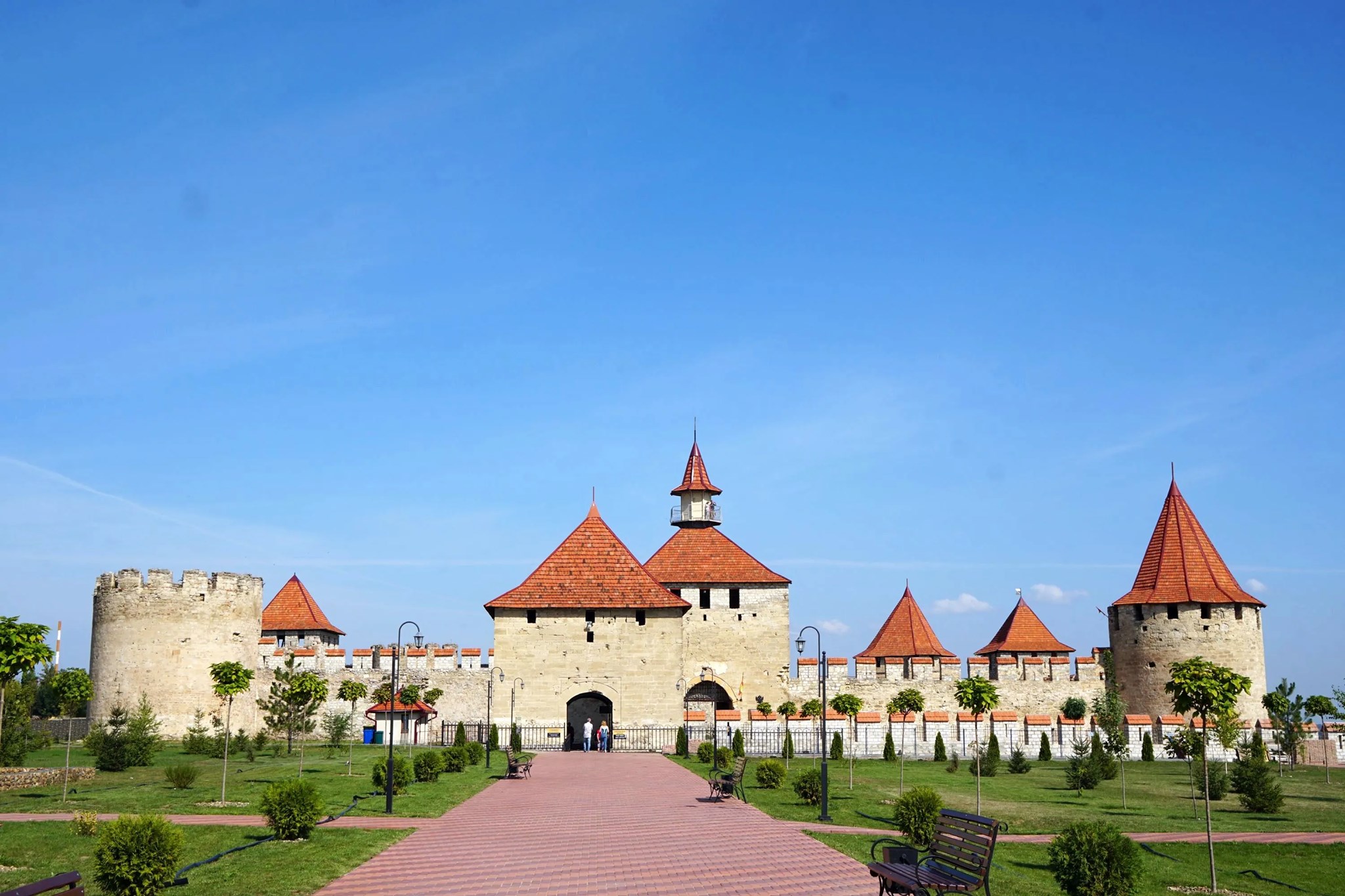
Bender or Bendery, also known as Tighina, is a city within the internationally recognized borders of Moldova under de facto control of the unrecognized Pridnestrovian Moldavian Republic since 1992. It is located on the western bank of the river Dniester. One of Transdniestr’s three cities, Bendery is the greener and more aesthetically pleasing counterpart to Tiraspol. Though you can still see the bullet holes that remain from the civil war with Moldova, the city itself is friendly and fun. Be sure to check out the fortress, built in the 16th century. It’s changed hands a number of times and is a great reflection of the history of the city.
9. Gagauzia
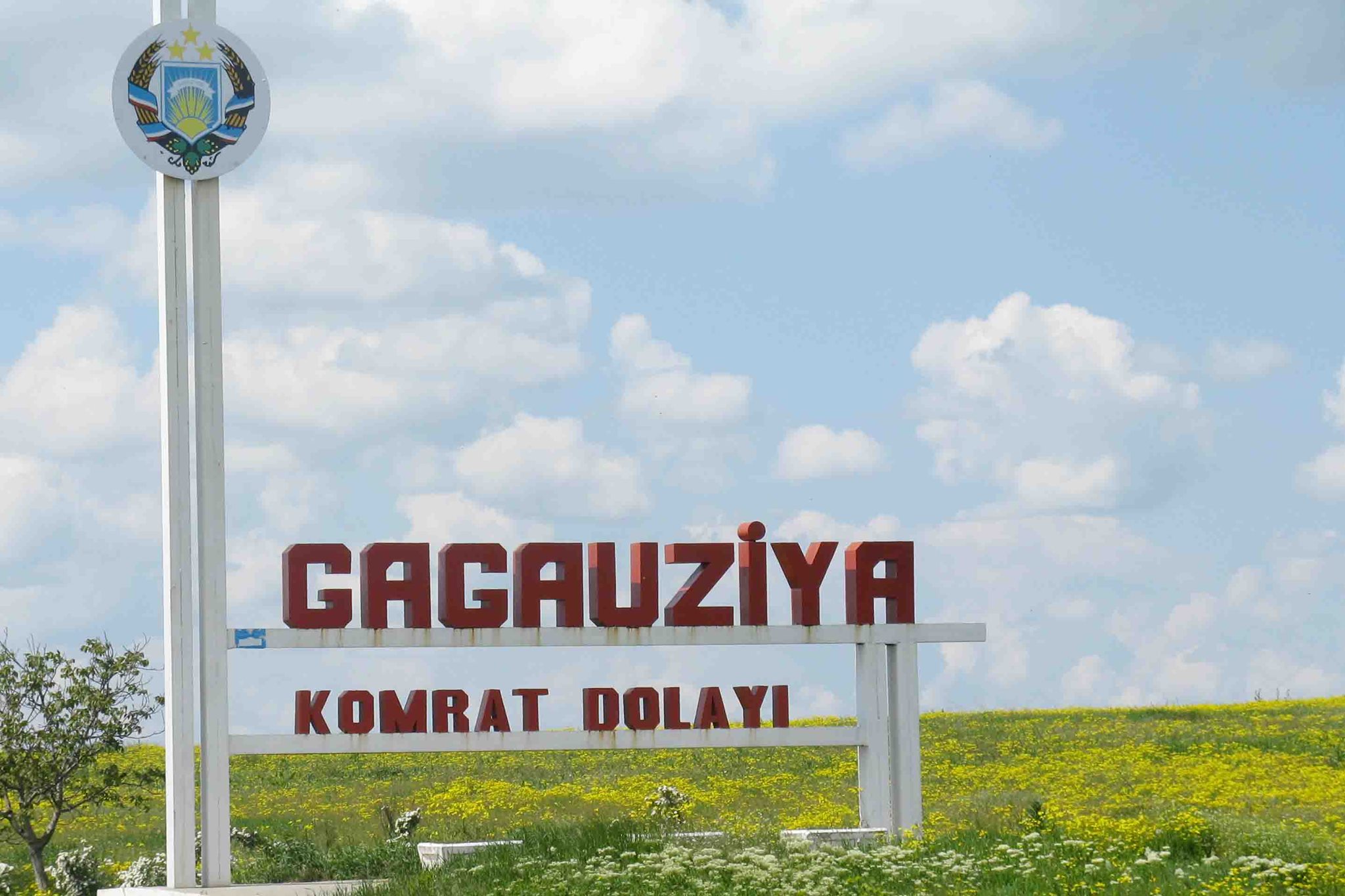
Located in the southern part of Moldova Gagauzia or Gagauz-Yeri, officially the Autonomous Territorial Unit of Gagauzia is an autonomous region of Moldova. Its autonomy is ethnically motivated by the predominance of the Gagauz people, who are primarily Orthodox Turkic-speaking people.The Gagauzia region is made up of three towns and 27 villages. The culture and heritage here is primarily influenced by Turkey and although the people are largely Christians, their ancestors were Muslim refugees fleeing from war and looking for a place to lay roots. They were permitted to stay in this region only if they converted. With such a distinct history, you can image that the area is intriguing. The Gagauz who mainly inhabit the region are a unique culture: Christian ethnic Turks who mostly speak Russian – an ethnic and linguistic island in sea of mainly Latin-rooted, Romanian-speaking Moldovans. Visit the Comrat Regional History Museum to get a glimpse of what daily life is like here.

Click To See All Our Tours In Moldova
10. Soroca Moldova tour
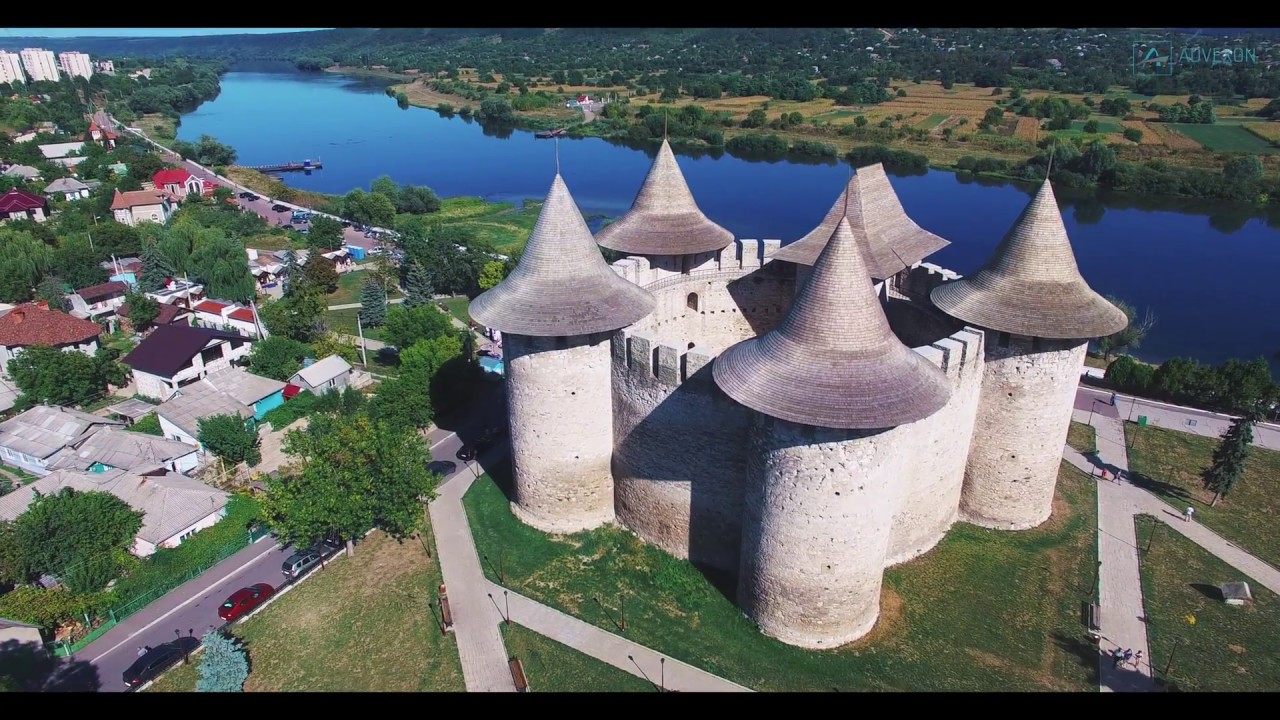
Soroca is a city and municipality in Moldova, situated on the Dniester river about 160 km north of Chișinău. It is the administrative center of the Soroca District. Soroca has played a large and important role throughout Moldova’s history due to its location on the Dniestr River. During wars and sieges, armies were able to defend the country well from this vantage point. The highlight is Soroca Fortress, one in a chain of military strongholds built as early as the 14th century by princes looking to fortify their position against invaders. Because of the large Roma community here, Soroca is the unofficial Roma capital. For fun, walk by the mansions of the Roma elite that line the streets of the city centre. In a country with few tourist attractions, Soroca is comparatively overflowing with them, boasting both a medieval fortress dating from the days of Ștefan cel Mare and several new “fortresses” built by members of the Roma community.
11. Padurea Domneasca (Royal Forest) Natural Reservation
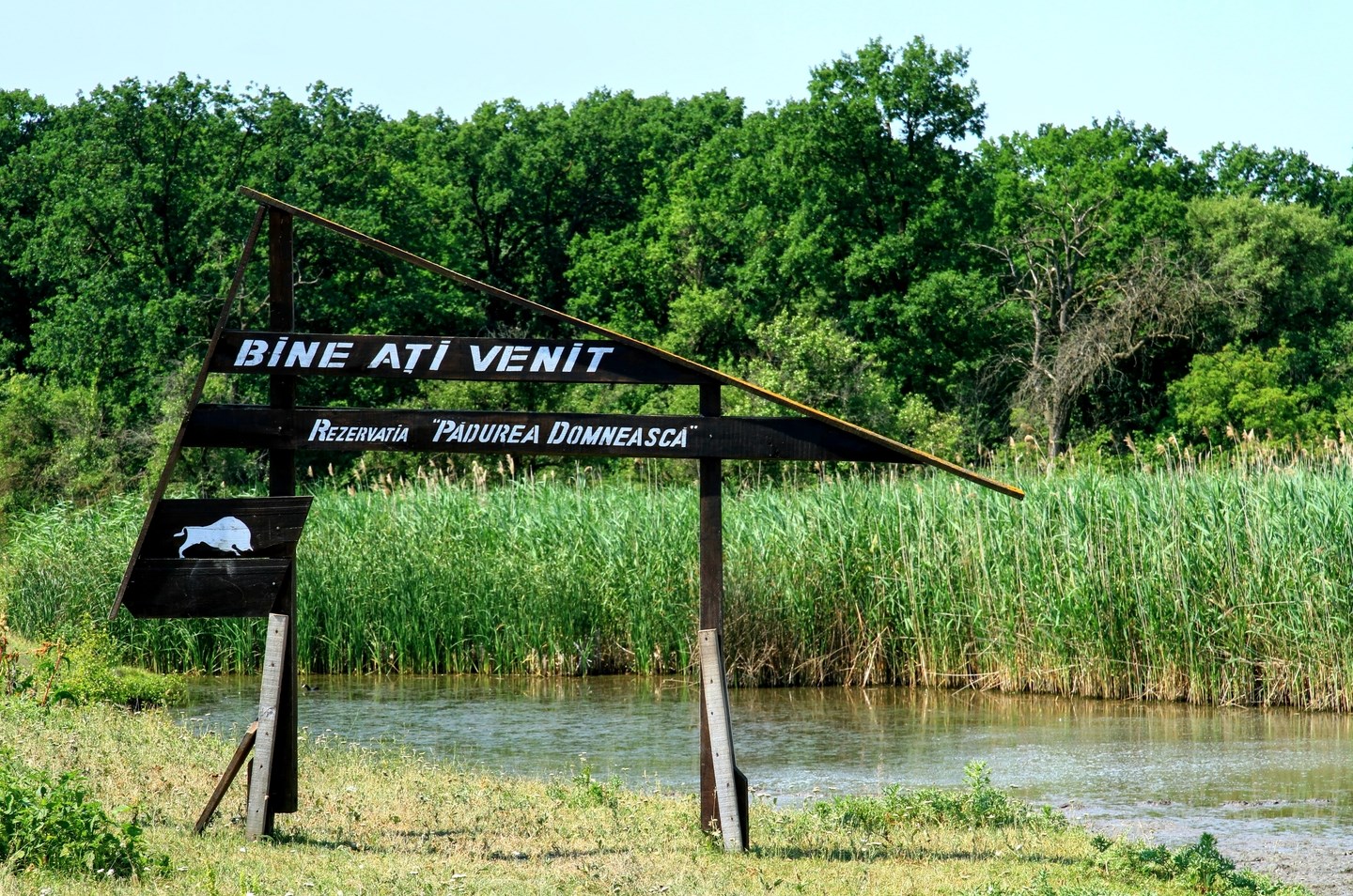
“Princely Forest” nature reserve is a scientific reserve in Glodeni District, Moldova, and was founded in 1993. It covers an area of 6,032 hectares, the largest of all of the scientific reserves.. Here you’ll find the country’s oldest stand of old-growth oak tree where the oldest oak is estimated to be about 450 years old. Nature lovers will enjoy the many bird species with the most notable being the herons that nest near the river. Discover the area known as “One Hundred Hills,” a landscape of rolling knolls – that no one understands how they were formed. Padurea Domneasca is a great way to spend a day outdoors with Mother Nature.
12. Capriana a tour in Moldova
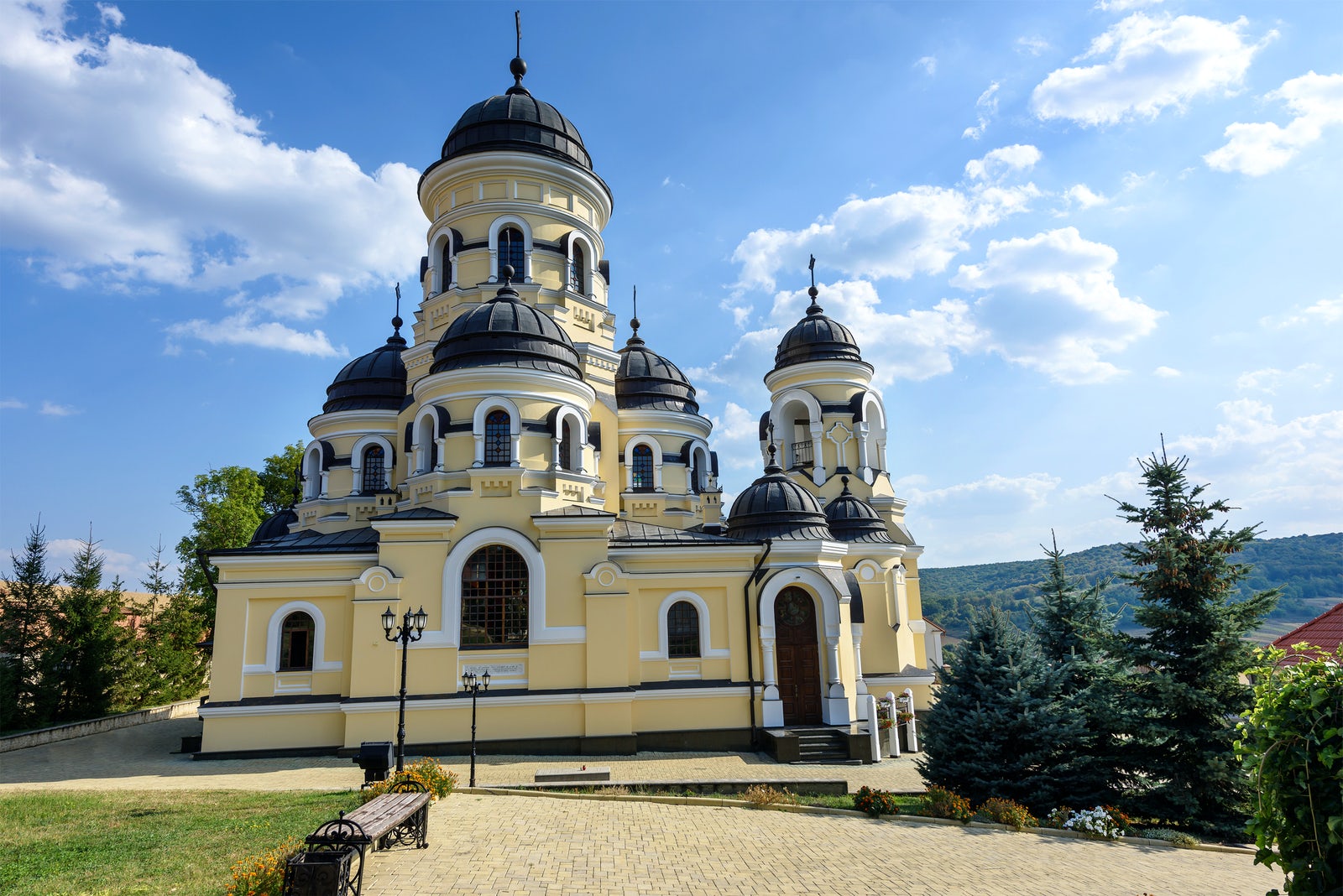
Sitting in a lush green forest in Capriana is one of the oldest monasteries in Moldova. Founded in the 15th century by Alexander the Good, it was once the home of the Moldavian bishop as well as Chiprian, one of the first Moldavian poets. It houses the largest convent library in the country and after years of neglect, was reopened in 1989 as a symbol of national revival. While you’re there, you can make some stops nearby to visit the oak tree of Stefan the Great and Codru, the oldest nature reserve in the country.
13. Codru Natural Reservation
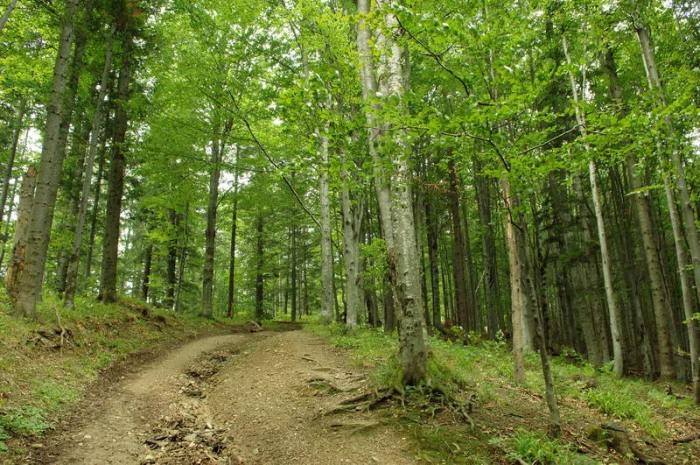
The most popular (as well as oldest!) reserve in the country, Codru lies in the centre of Moldova and is made up of a series of magnificent ravines and valleys. You’ll find over 1000 species of protected plants, 145 bird species, 43 mammal species, seven reptile species, and more. There is a natural history museum on the reserve worth checking out in between solo or guided hikes. You’ll love the wide open feeling of this popular reserve. The preserve boasts an abundance of wildlife, areas for activities, lodging and guided tours. The reserve runs parallel to the Prut River. There is a camping and cabin area with stunning views of the wetlands which is great for overnight trips for families.
14. Kvint Brandy Tour Moldova
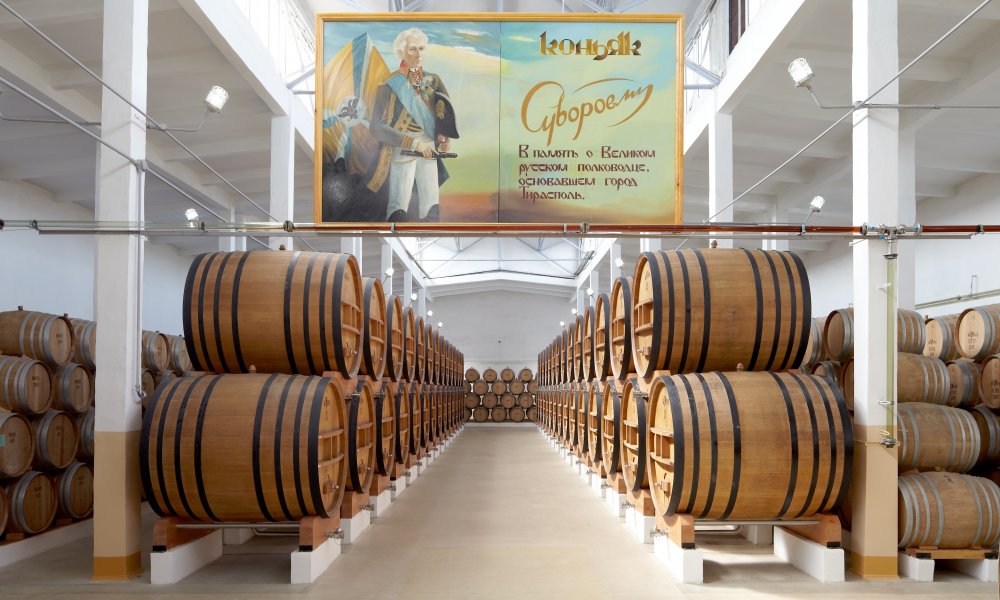
You can purchase a bottle of some of Europe’s best cognac at the entrance gate to the Kvint factory. They’ve been making top-quality cognac here since 1897 and even buying from the street vendors here will give you value for your money. Located in quirky Tiraspol, the locals consider Kvint to be a national symbol and its image is even on the Transnistrian five ruble banknote. They produce about ten million litres a year and you can sign up for a daily tasting tour. Taking a Cognac tour in Moldova is becoming very popular with tourists now.
15.Taul Park and Pommer Manor

Taul Park is the largest park in Moldova. It is located in Taul village about 200 km north the Chisinau.. Inside the park is the stately manor house of Ivan Pommer, which was built at the beginning of the 20th century. It’s a testament to landscape architecture and was highly revered in its time. The park itself is comprised of two parts. The Țaul park is conventionally divided into an upper part, where the rustic residence of Boyar Pommer is surrounded by many avenues with various flower beds, and a lower part that resembles a forest consisting of separate groups of trees which are typical to different geographical areas. Being the largest park in Moldova it is equipped with extensive network of alleys, different walks and paths, the length of which in total is more than 12.5 km. Entrance for visitors is free.

Click To See All Our Tours In Moldova
.
.

Bryn Jacobs Chief Editor
Hello dear Travelers! I am Bryn Jacobs and I am your travel advisor. Having a vast experience in traveling throughout Eastern Europe and having researched this part of the world myself. I write articles on the site about travel experiences in Eastern Europe with statistics and interesting facts.
